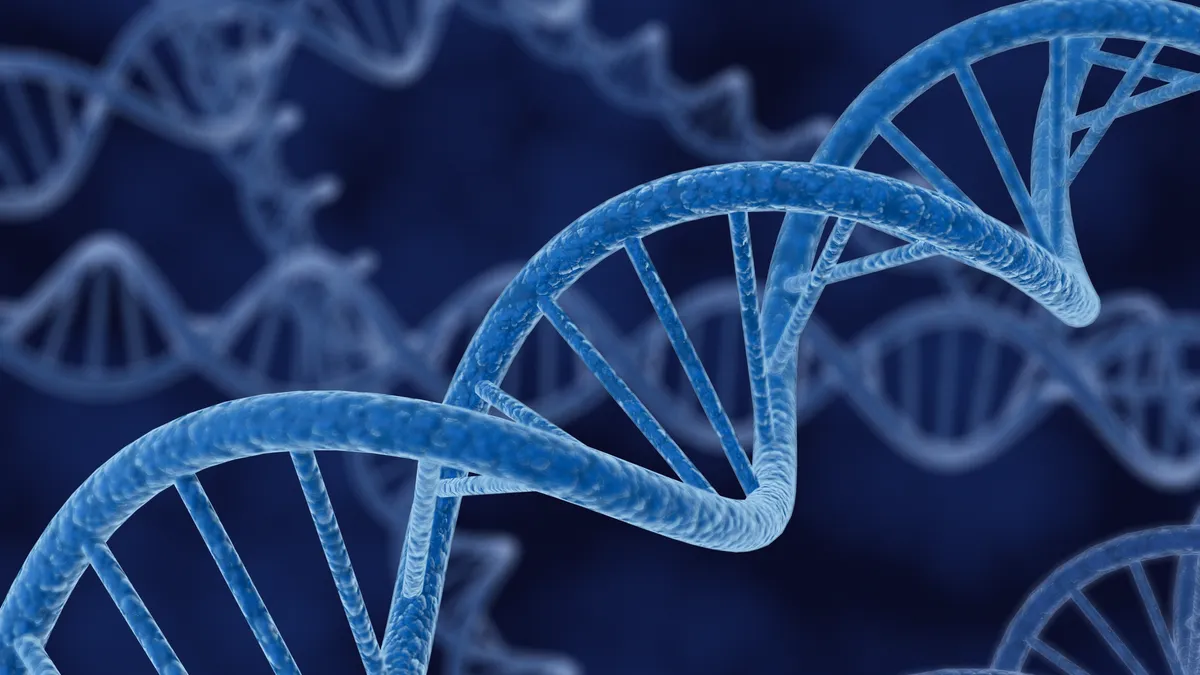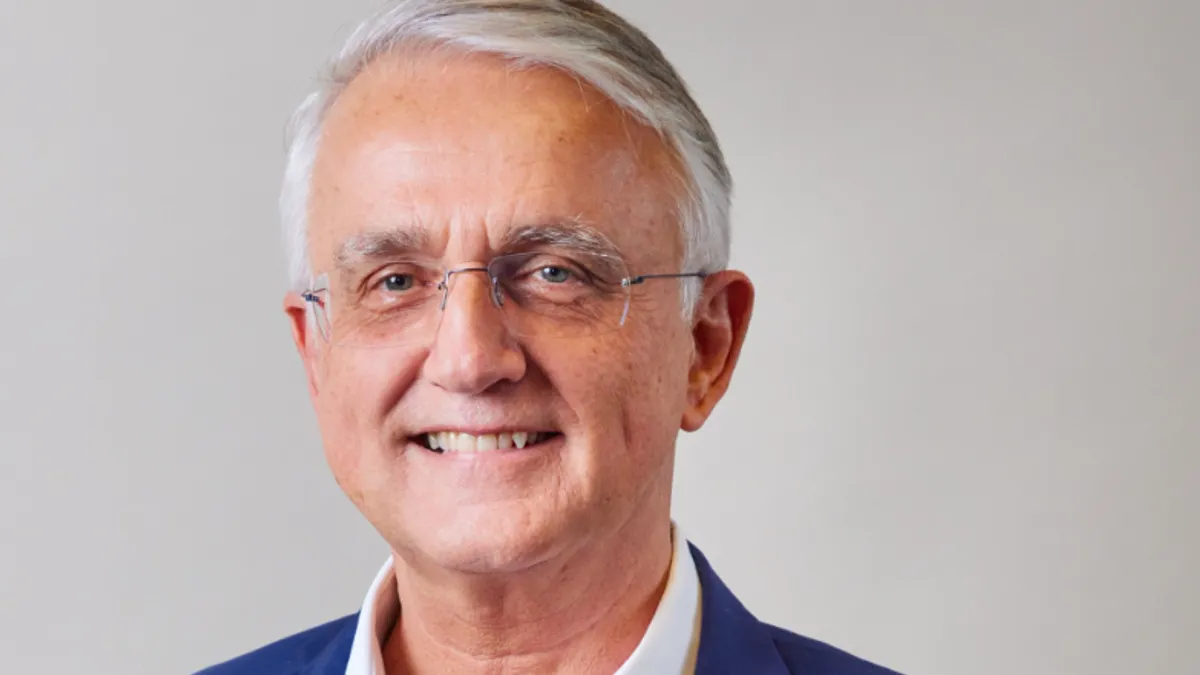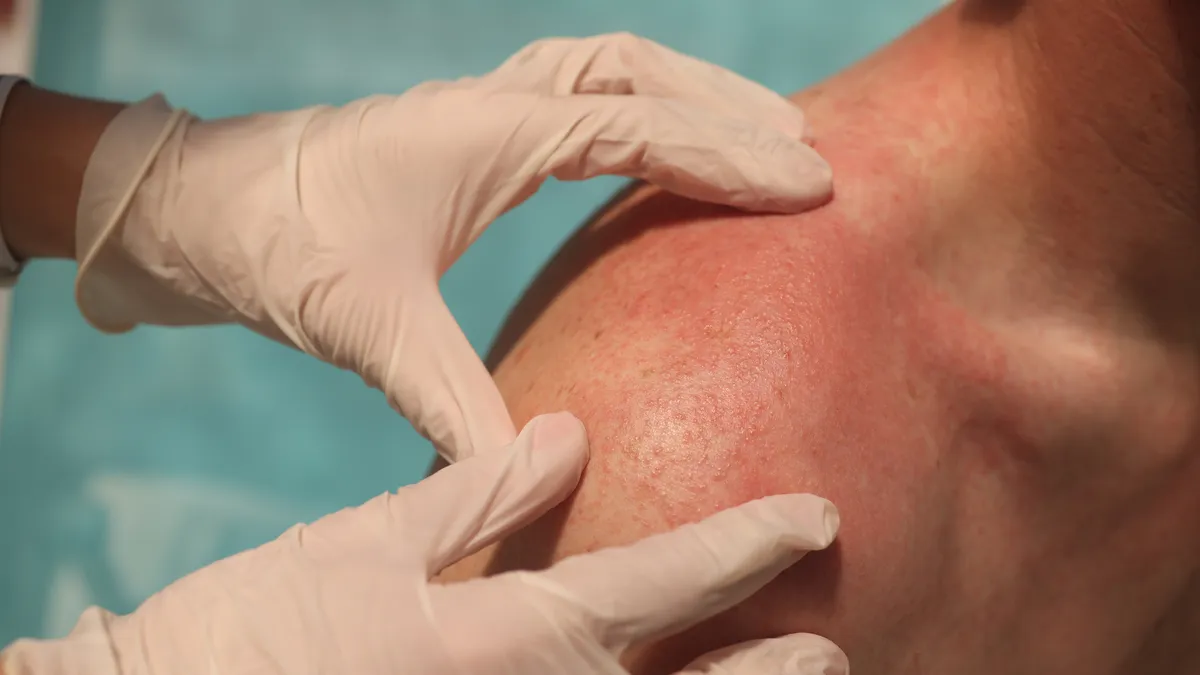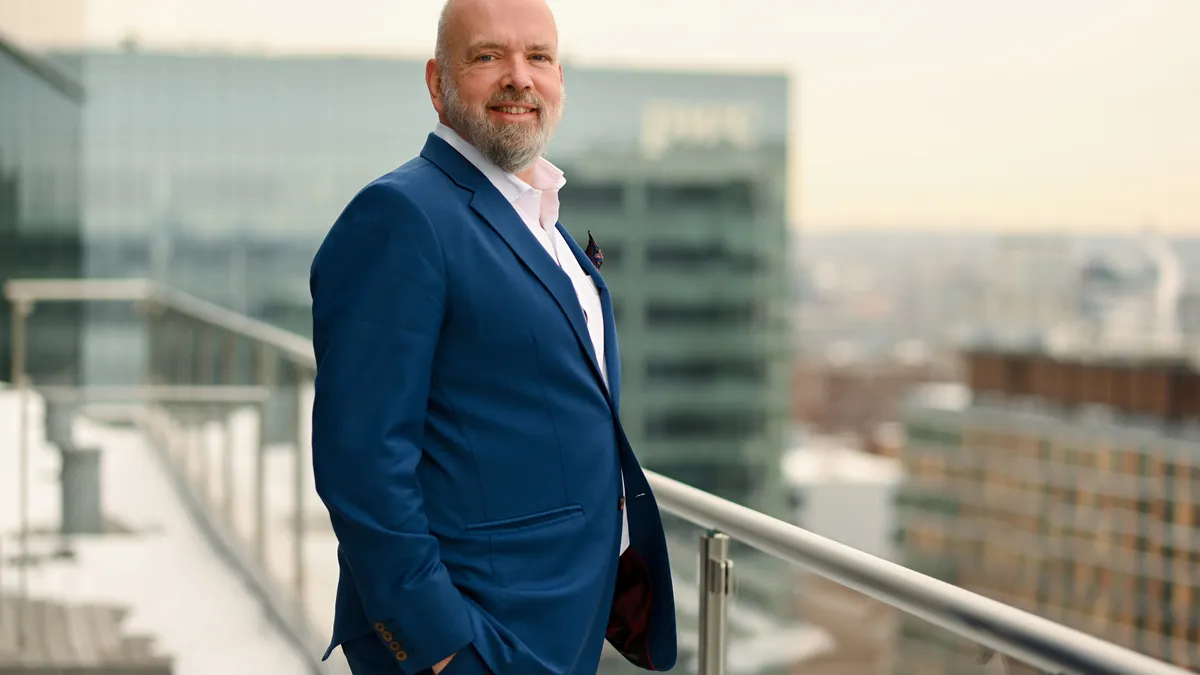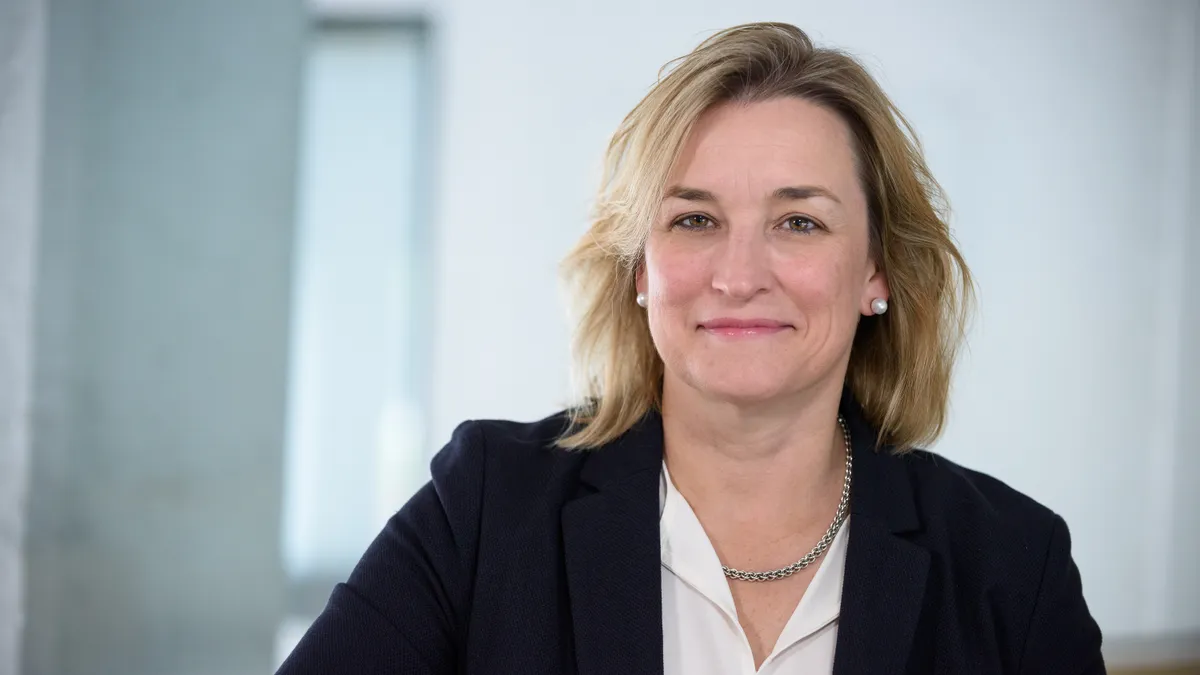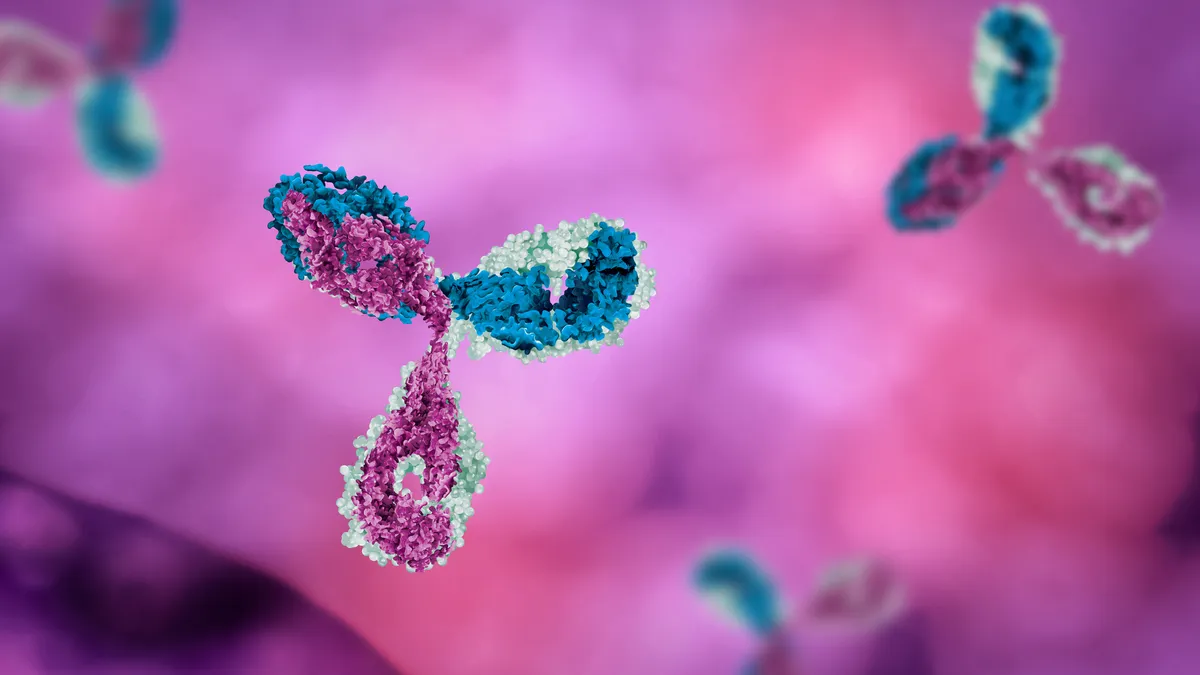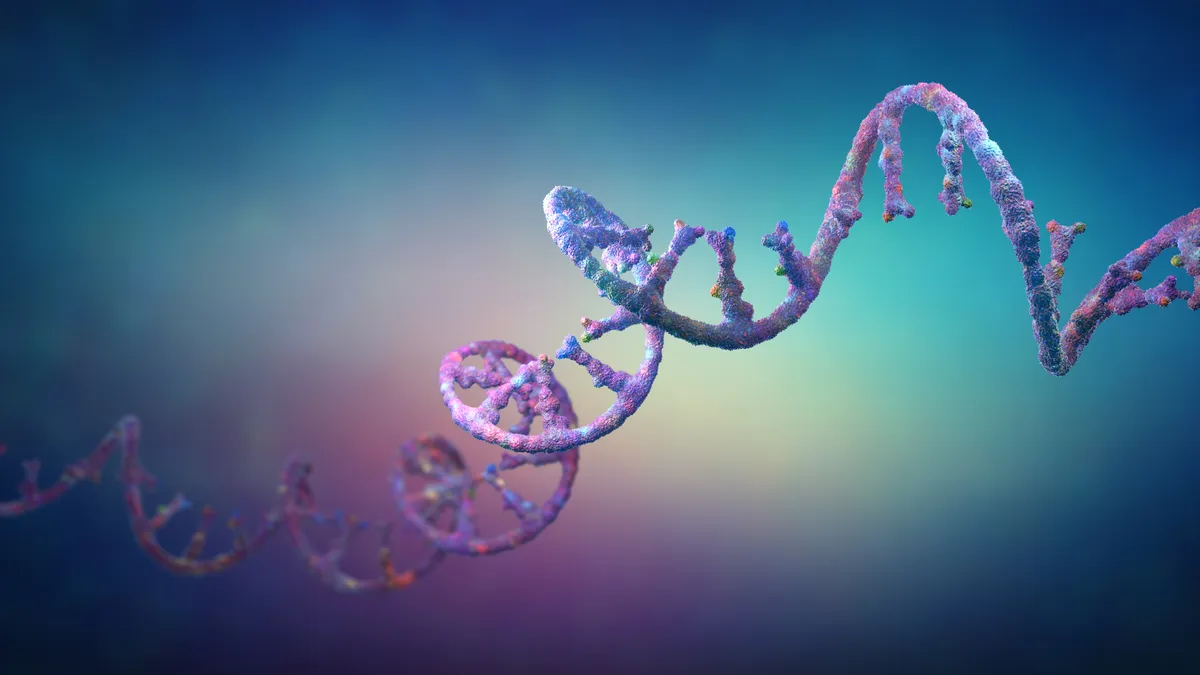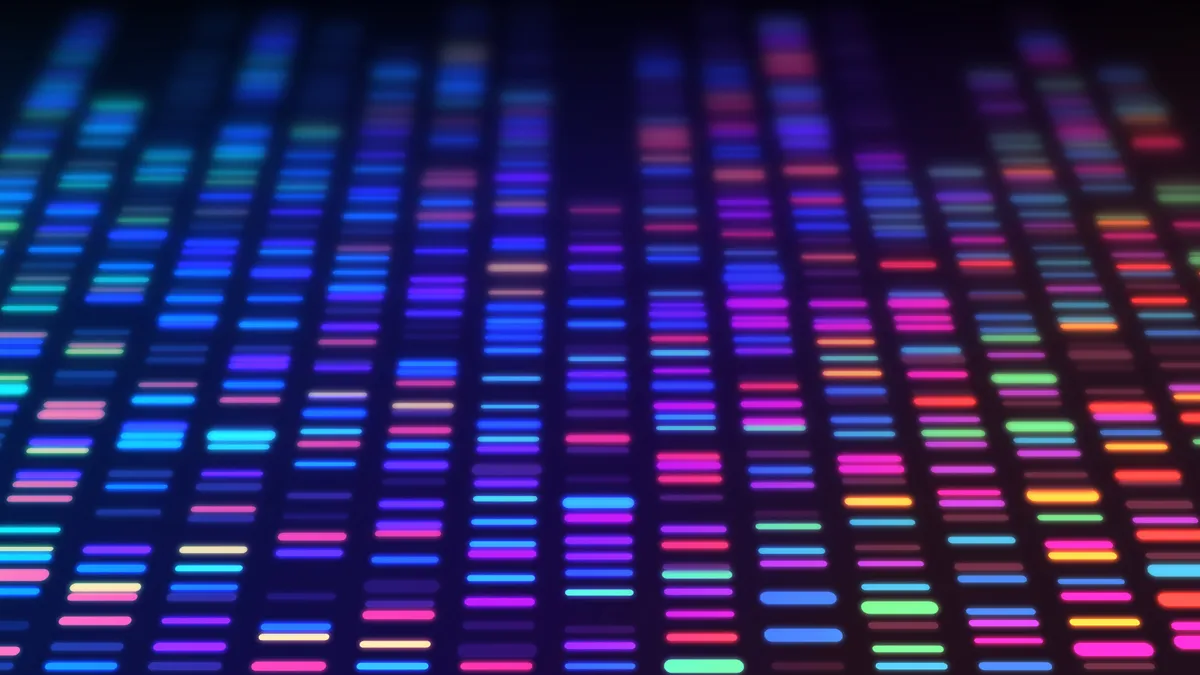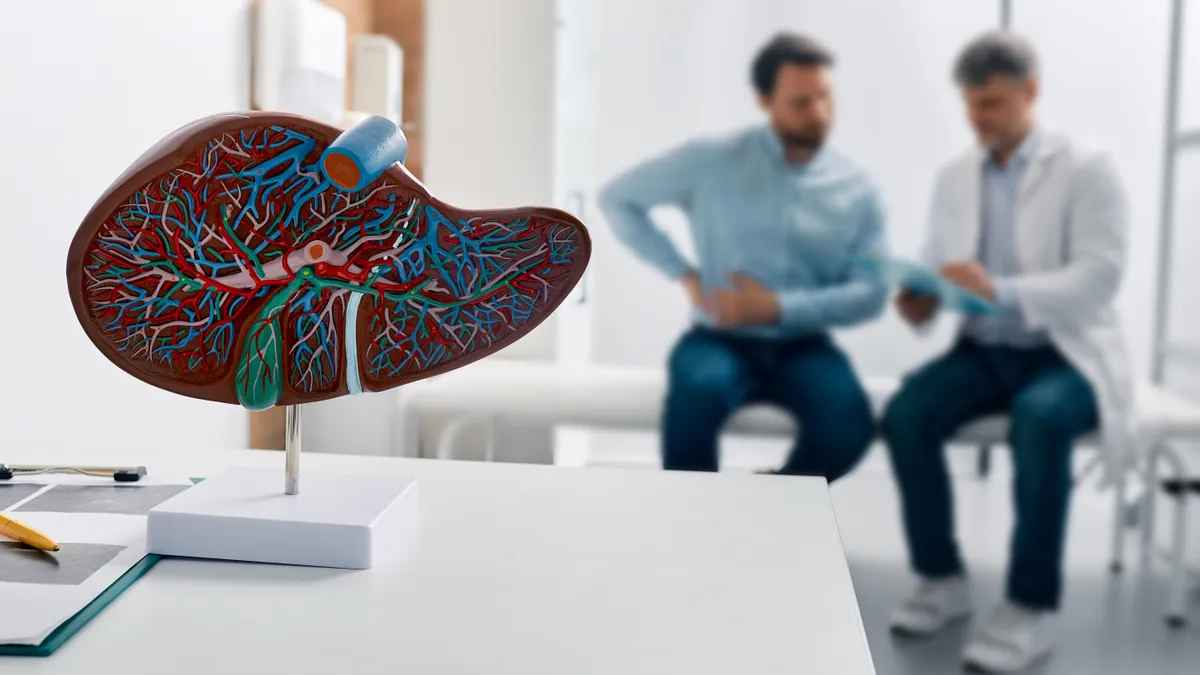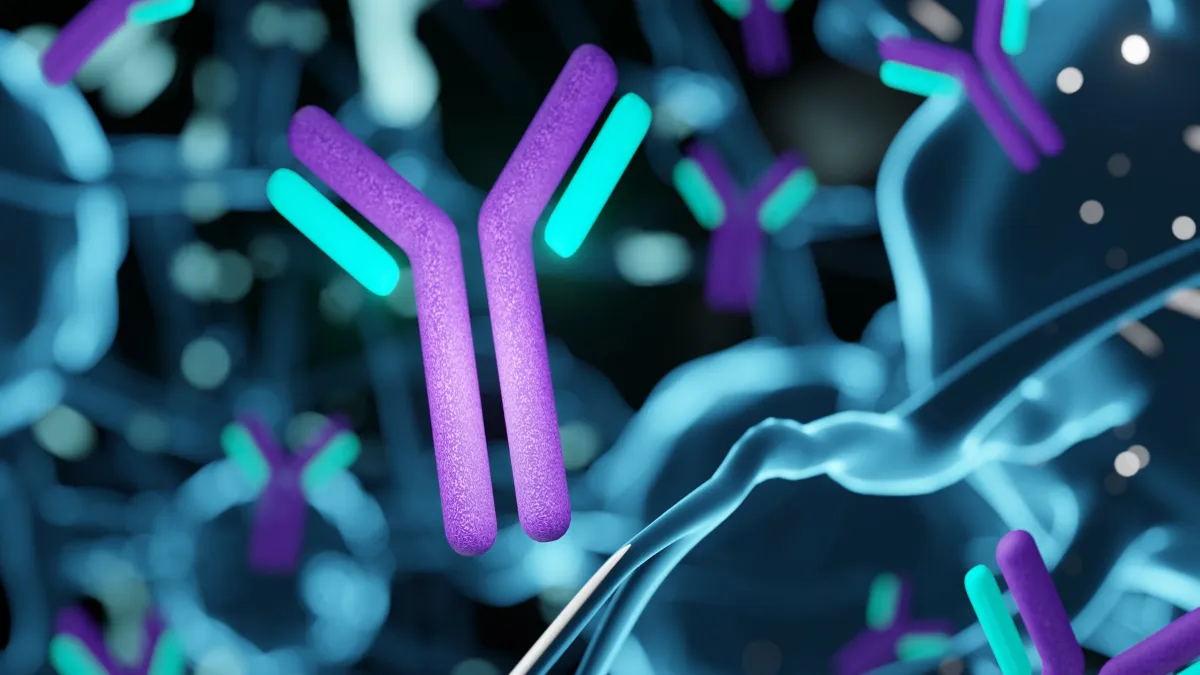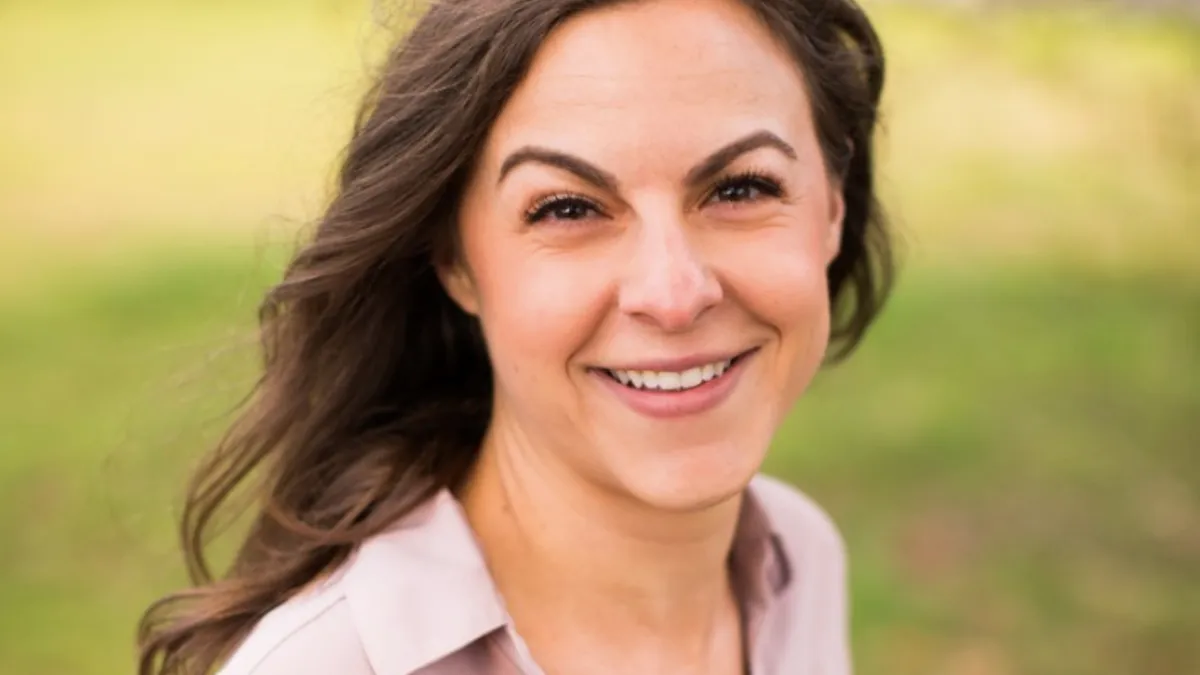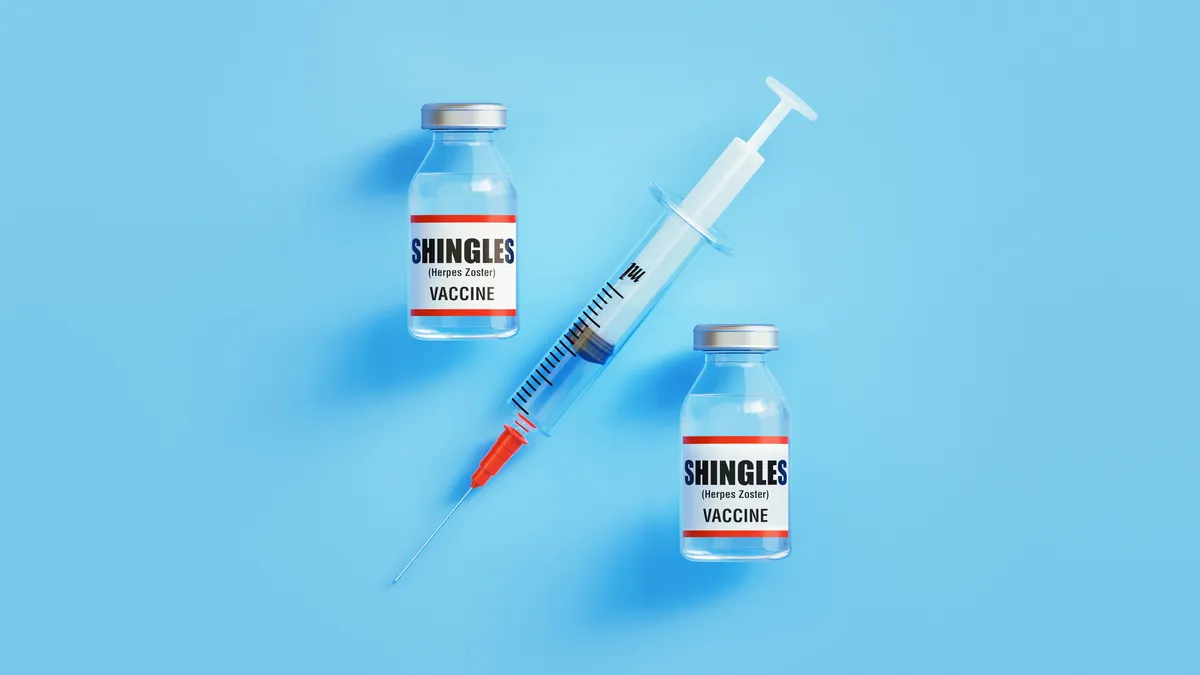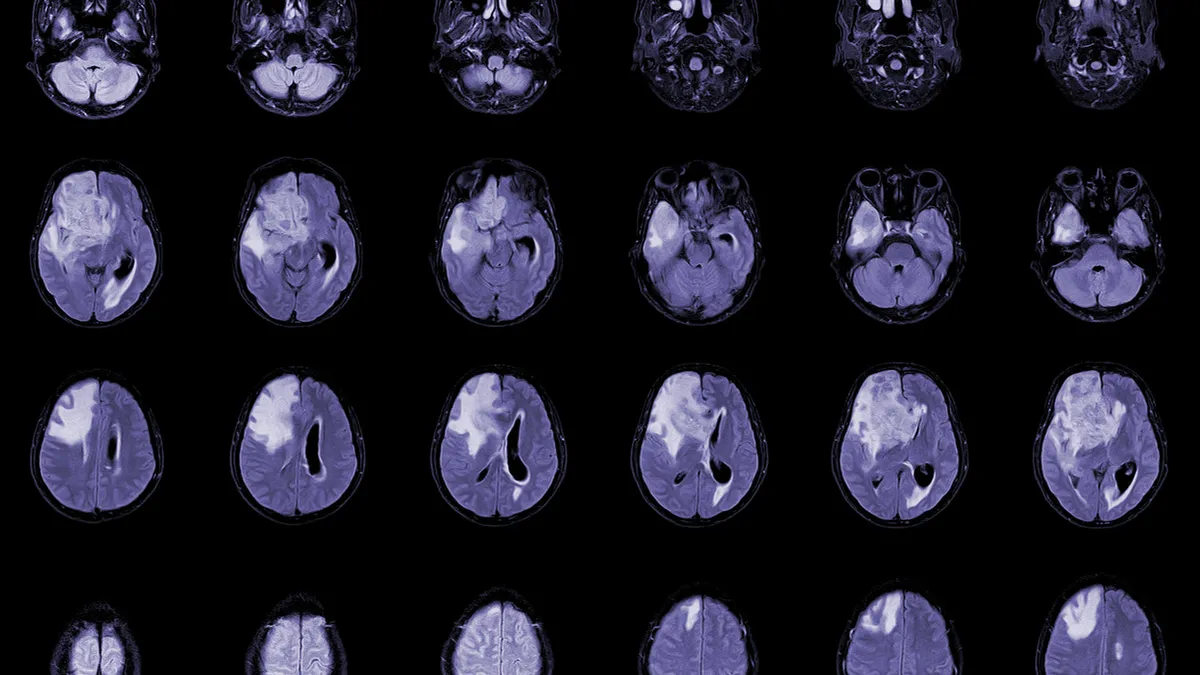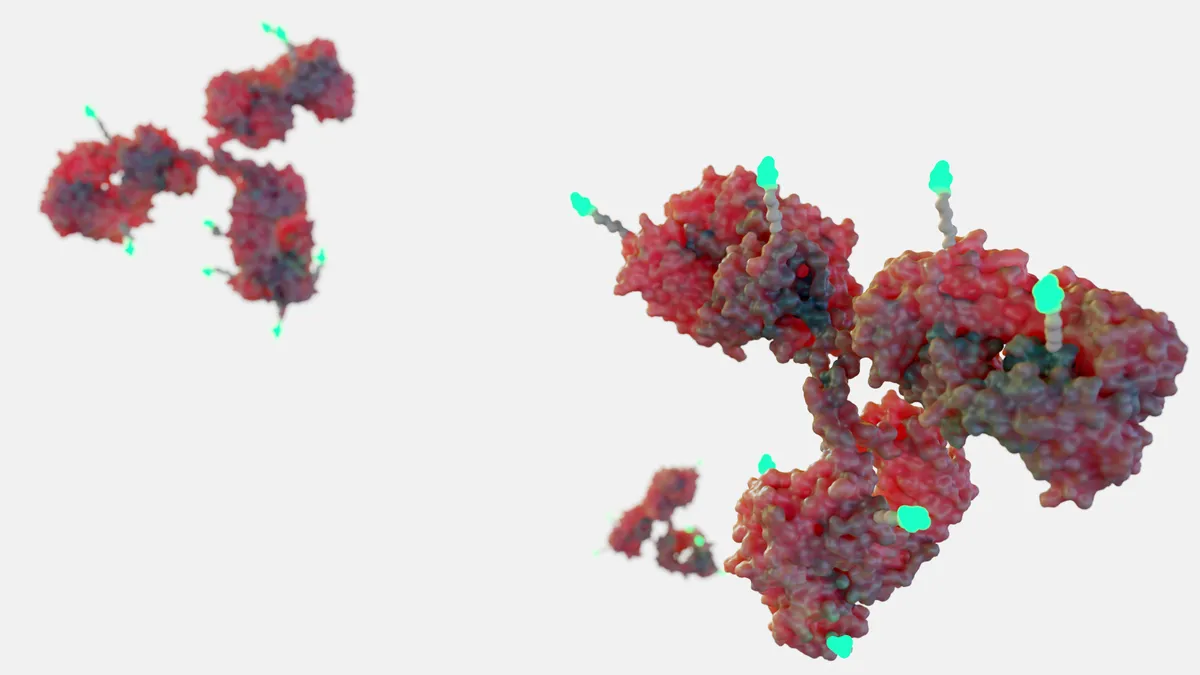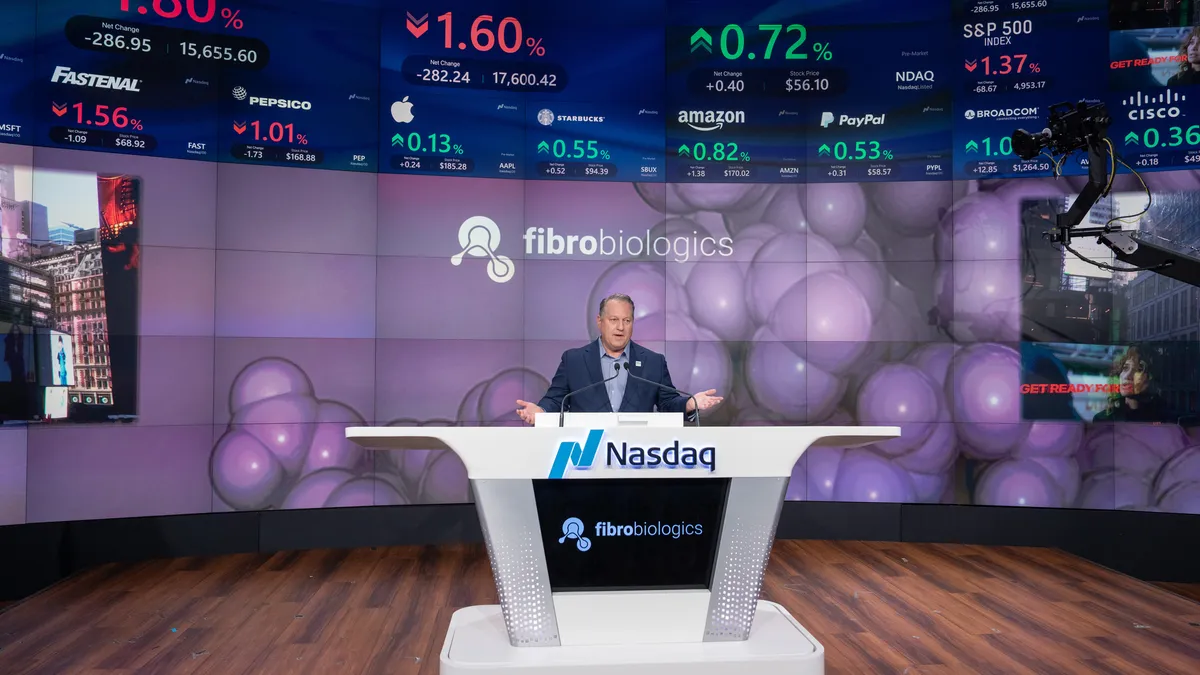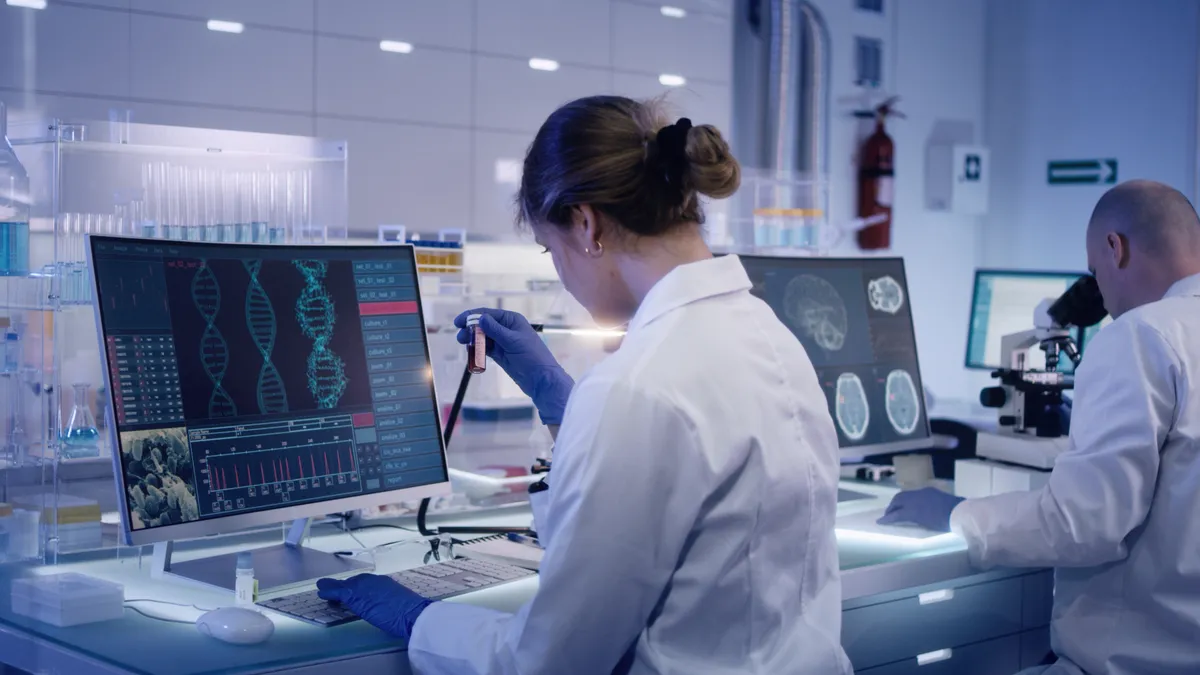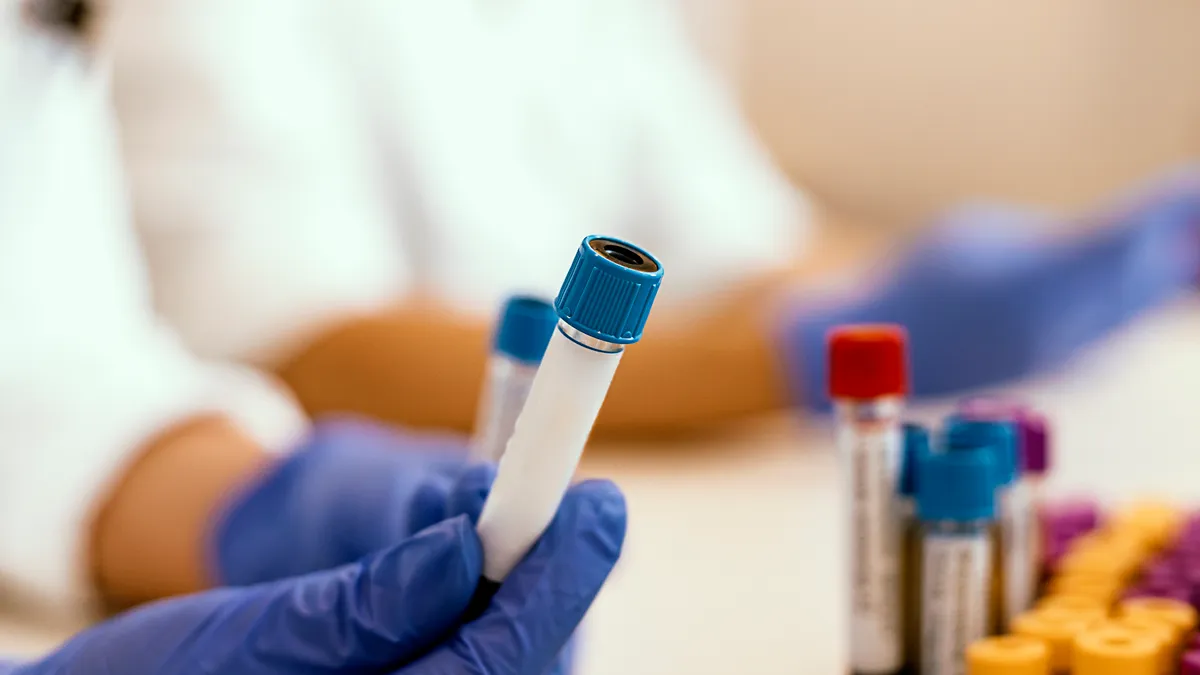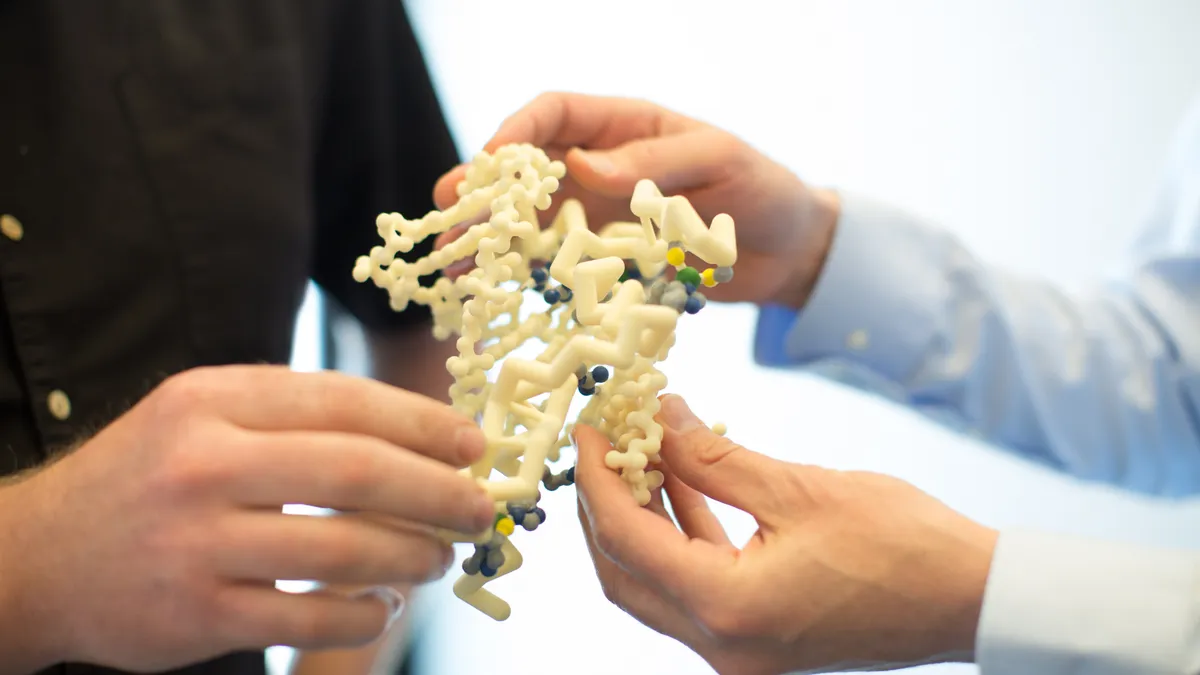Welcome to today’s Biotech Spotlight, a series featuring companies that are creating breakthrough technologies and products. Today, we’re looking at 4D Molecular Therapeutics, a company that uses a cutting-edge evolutionary method to usher in the next stage of gene therapy.
Even a few years ago, gene therapy was an up-and-coming part of the biopharma industry. Now, the trajectory seems almost limitless, and biotechs like 4D Molecular Therapeutics are on the path of developing treatments that could change how we view genetic medicine.
With the recent hiring of UCSF professor Dr. Noriyuki Kasahara and a partnership with fellow gene therapy pioneer Arbor Biotechnologies, 4DMT is carving a new foothold in the gene therapy cliffside by coming up with novel delivery methods based on viral vectors.
4DMT’s advanced computational discovery system picks the tiny nits from a genome that cause conditions like diabetes and heart disease. To get to the root of these complicated diseases, the company has used a method called “directed evolution,” finding needles in the haystack and directing gene therapy to correct them.
Gene therapy is all about the delivery, says 4DMT CEO Dr. David Kirn, and 4DMT’s technology is designed to bring delivery methods up to speed. Here, we talk to Kirn about the future of gene therapy and why improving delivery is so important.
This interview has been edited for brevity and style.
PHARMAVOICE: Why is it important that the industry finds new ways to leverage gene therapy?
DR. DAVID KIRN: In the simplest way, people think of gene therapy as treating a disease where there’s a missing gene, whether it’s muscular dystrophy or cystic fibrosis, where there’s a single gene that’s mutated and you’re going to put a normal copy of a gene into a vector and deliver it to the tissues and cells that need it. When you describe it that way, it sounds very simple — and the beauty of the concept is that it is very simple, but it goes beyond replacement of genes that are mutated in monogenic, recessive diseases. We believe you can also use it for a large market beyond rare inherited diseases with a flexible approach.
When I entered the field, I asked a colleague what the big problems in gene therapy were. They said there are only three: delivery, delivery and delivery. The concept is simple, but what’s difficult is how to deliver it. There was a sort of naive start to the field where people thought they could just take these things and throw them into a cell, and that was very inefficient. So the limitations remain in delivery, and our platform is designed to overcome those limitations.
How did your platform come about to address those problems?
We use what’s called directed evolution. This is a technology that’s used to create or invent customized biologics that have the features you want and was awarded the Nobel Prize in Chemistry back in 2018 to Francis Arnold at CalTech, who did it with enzymes. She said, if I generate a massive number of different versions of an enzyme and then screen and select for the one that matches the phenotype I want, then I could invent a new optimized factor for any condition that I want to optimize for. And then others like Greg Winters and George Smith did it with monoclonal antibodies and bacteriophages. That was the beginning of this idea that we can move beyond the biologics that are present in nature and invent brand new ones with the features we want. And so we’re the first to do it with the [adeno-associated virus] vectors.
What does the future of gene therapy look like to you?
It’s about using technology like directed evolution to keep optimizing and improving the approach such that it can go beyond a handful of rare diseases and begin to impact countless patients. The starting point was these very rare niches where you didn’t need very good delivery and you could still get a product approved, and what we’re trying to do is take it to a whole new level to make it a central pillar of medical care. The future of gene therapy is funneling down from a billion options to a needle in a haystack that is optimal for a target vector.
As you prepare for your FDA discussions, what do your days look like?
It’s a super exciting time — an inflection point. In 10 years, we’ve gotten five products into the clinic and discovered and filed patents on hundreds of different optimized vectors. So now we’ve shown that these vectors behave the way we hoped they would, and it’s the creation of a superior vector that solves limitations we had with the old vectors.








